
Understanding Snake Nutrition
Feeding time can be both fascinating and nerve-wracking for new snake owners. Unlike traditional pets who eat daily, snakes have unique feeding requirements based on their size, species, and age. Most pet snakes thrive on frozen-thawed rodents, which is safer for both you and your snake than live prey. This video guide will walk you through the complete feeding process, from preparation to post-meal care.
🤔 Think About It:
Now that you've learned about proper feeding techniques, how do you feel about the frozen-thawed method versus live feeding? What are the ethical considerations on both sides? Consider your snake's natural instincts versus safety concerns for both predator and prey. How might you prepare yourself emotionally for this aspect of snake care if you're squeamish about rodents? What questions would you ask a breeder or pet store about their feeding protocols before purchasing a snake?

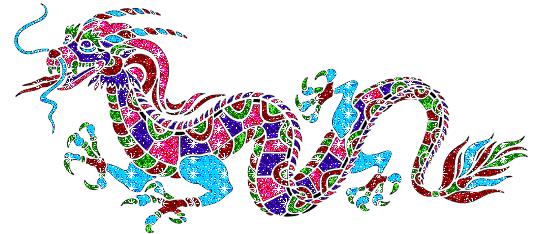

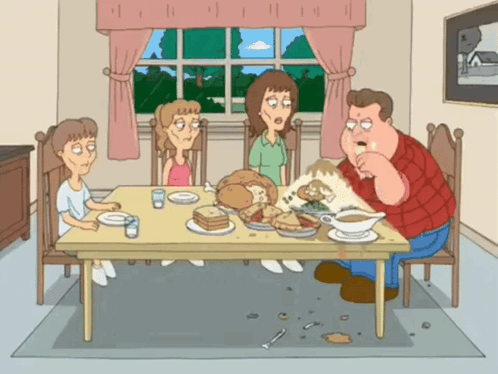
Feeding Schedules and Sizes
Baby snakes typically eat every 5-7 days, while adults can go 10-14 days between meals. The prey item should be roughly the same width as the widest part of your snake's body—no bigger! Overfeeding leads to obesity and health problems, while underfeeding stunts growth. Hatchlings start with pinky mice, graduating to fuzzies, hoppers, and eventually adult mice or rats as they grow. Keep detailed records of feeding dates, prey sizes, and any refusals to track your snake's health patterns over time.
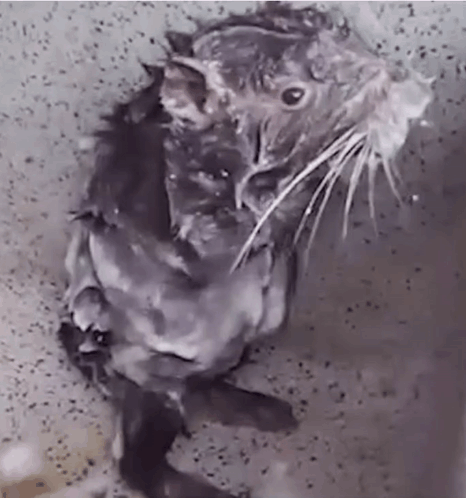
Frozen-Thawed vs. Live Prey
Frozen-thawed rodents are the gold standard for several reasons: they're safer (no bites to your snake), more convenient (bulk buying and storage), more humane (pre-killed), and often less expensive. Thaw prey in warm water, never in the microwave, and always check that it's thoroughly warmed—cold prey can cause digestive issues. Some snakes resist frozen-thawed initially, but with patience and techniques like scenting or wiggling the prey with tongs, most convert successfully. Live feeding should only be considered as a last resort under supervision.

Common Feeding Mistakes
Never handle your snake for 48 hours after feeding—this can cause regurgitation, which is dangerous and stressful. Don't feed inside the main enclosure if you can avoid it; using a separate feeding container prevents substrate ingestion and reduces cage aggression. If your snake refuses food, don't panic—stress, shedding, temperature issues, or seasonal changes can all affect appetite. After several refusals, check your husbandry parameters and consult a reptile vet. Remember that wild snakes may go months without eating, so occasional fasting is normal and not immediately concerning.

Visual Feeding Guide
These images show the proper progression of prey sizes as your snake grows, helping you visualize what "appropriately sized" really means at different life stages. Sausage for easy scaling.

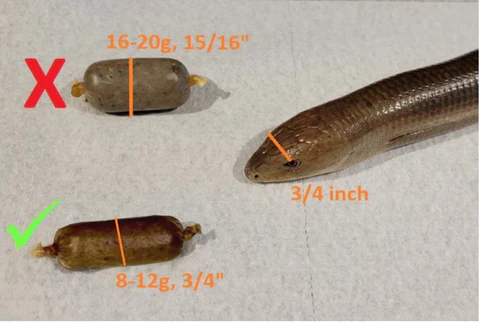
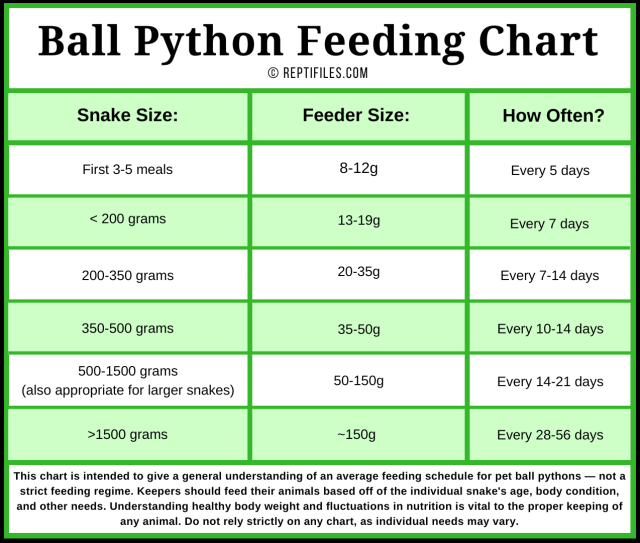
Ready for the Final Step?
You've learned the basics—now explore your next steps in snake keeping!

